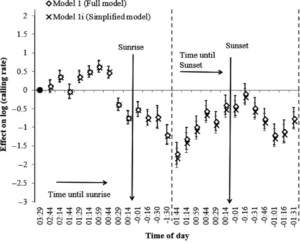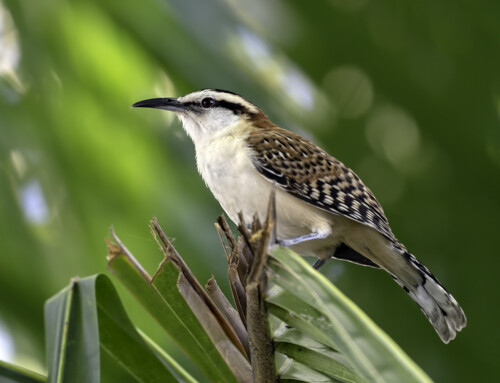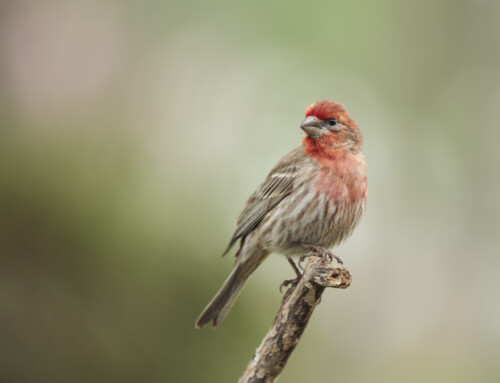LINKED PAPER
Modelling variation in calling rates to develop a reliable monitoring method for the Australasian Bittern Botaurus poiciloptilus. Williams, E. M., Armstrong, D. P. & O’Donnell, C. F. J. 2019. IBIS. DOI: 10.1111/ibi.12611. VIEW
Some bird species are rare and difficult to detect. Bitterns, for example, are short-necked herons that blend in with their brownish surroundings. This camouflage makes it nearly impossible to find these birds in thick reed beds. Capturing them is also not an option, because they mostly reside in large, inaccessible areas. Ornithologists have to resort to other methods when monitoring these cryptic species (Conway & Gibbs 2011). Conveniently, bitterns produce a characteristic ‘booming’ call during the breeding season. This call can be used as a counting cue (O’Donnell et al. 2013). However, the calling rate of bitterns varies throughout the day and the year. What would be the best time to monitor these birds?
Whangamarino
A recent study focused on the Australasian Bittern (Botaurus poiciloptilus), which occurs in both Australia and New Zealand. The researchers monitored a population of these bitterns in the Whangamarino wetland (New Zealand) and counted calls in 48 different locations. The analyses of 461 ‘booms’ showed that four factors influence the calling rate: month, time of day, rainfall and moon visibility. Australasian Bitterns are more active in September and show a peak in calling rate just before sunrise.

Figure 1 Australasian Bitterns show a peak in calling rate about one hour before sunrise.
Rain and moonlight
When it rains, Australasian Bitterns call 19% less frequent. This reduction is similar to studies on Eurasian Bitterns (Botaurus stellaris), which call 25% less on rainy days (Poulin & Lefebvre 2003). The visibility of the moon had an even greater effect on the call rate. The bittern calls increased by 58% when the moon was fully visible. This moon-effect has been observed in other nocturnally active species, such as Brown Skua (Stercorarius antarcticus) and Eastern Whip-poor-wills (Antrostomus vociferus). In these species, the increased calling rate was associated with more active foraging, which in turn lead to more territorial interactions (Mougeot & Bretagnolle 2000, Wilson & Watts 2006).
Combining all the information reveals that the best time to monitor Australasian Bitterns is one hour before sunrise, in September, on a moonlit night with no clouds or rain. Sounds quite romantic.
References
Conway, C. J. & Gibbs, J. P. 2011. Summary of Intrinsic and Extrinsic Factors Affecting Detection Probability of Marsh Birds. Wetlands 31: 403-411. VIEW
Mougeot, F. & Bretagnolle, V. 2000. Predation risk and moonlight avoidance in nocturnal seabirds. Journal of Avian Biology 31: 376-386. VIEW
O’Donnell, C. F. J., Williams, E. M. & Cheyne, J. 2013. Close approaches and acoustic triangulation: techniques for mapping the distribution of booming Australasian bittern (Botaurus poiciloptilus) on small wetlands. Notornis 60: 279-284. VIEW
Poulin, B. & Lefebvre, G. 2003. Variation in booming among Great Bitterns Botaurus stellaris in the Camargue, France. Ardea 91: 177-181. VIEW
Wilson, M. D. & Watts, B. D. 2006. Effect of moonlight on detection of Whip‐poor‐wills: implications for long‐term monitoring strategies. Journal of Field Ornithology 77: 207-211. VIEW
Image credits
Featured image: Australasian Bittern Botaurus poiciloptilus | Wayne Butterworth | CC BY-SA 2.0 Wikimedia Commons




